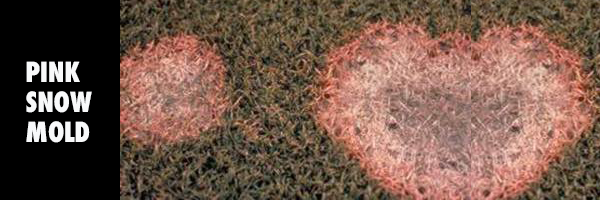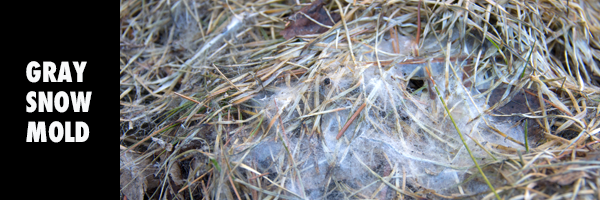Although most of the country is sweating as of late, it’s not too early to plan for fall fungicide applications with the objective of snow mold protection.

Pink snow mold is caused by Microdochium nivale, and is also known as “Microdochium Patch” when it occurs without snow cover. The disease is characterized by circular patches that can have a pink coloration when wet. Closely-mown turf will have a more distinctly round patch that taller turf, which tends to mat and be more irregular. The disease can occur when temperatures are between 60℉ and freezing and is more common in young stands when wet, cold weather occurs. As its name suggests, snow cover can prolong favorable conditions as can matted turf due to high fall growth rates. This disease typically affects leaves, but can kill crowns if severe.

Gray Snow Mold is caused by Typhula incarnata or Typhula ishikariensis, both of which require snow cover to develop. Circular patches up to 12” in diameter appear on closely mown turf, becoming up to 24” on taller turf. Whitish or gray mycelium may be present on the edges of patches. Dead leaves often have visible, round, black to tan colored sclerotia. Severity is dependent on the duration of the snow cover. Favorable conditions are similar to pink snow mold, with the snow cover requirement as a starting point.
Get control of turf disease LEARN MORE >>
Preventive cultural practices to lessen severity and help speed recovery include:
Quali-Pro is committed to providing Superintendents and LCOs with proprietary blends containing Combination Chemistry®. Make sure to follow us on Facebook and Twitter!
Always read the label thoroughly before use, and for additional information, visit Quali-Pro.com or contact your Quali-Pro Area Manager.